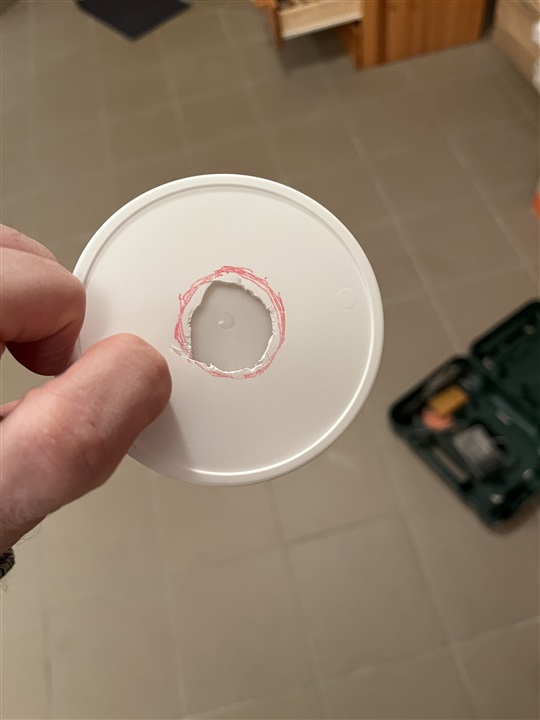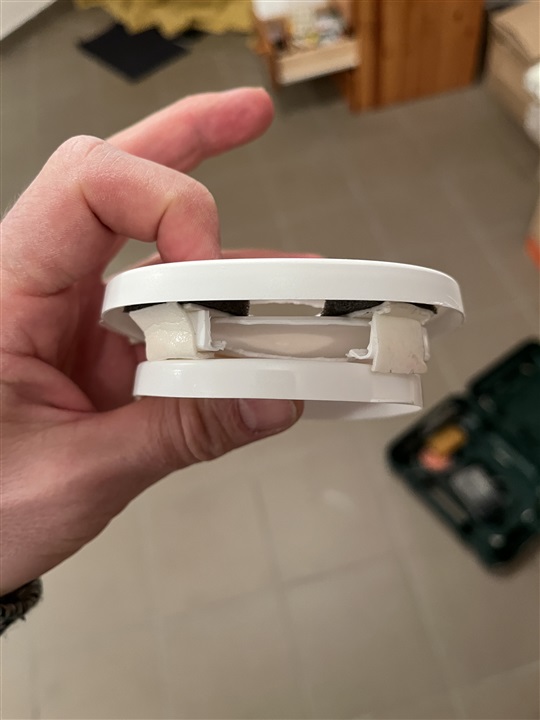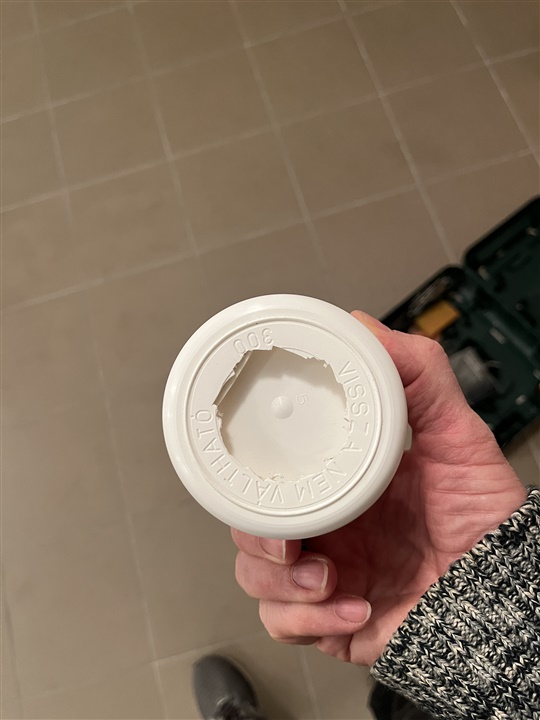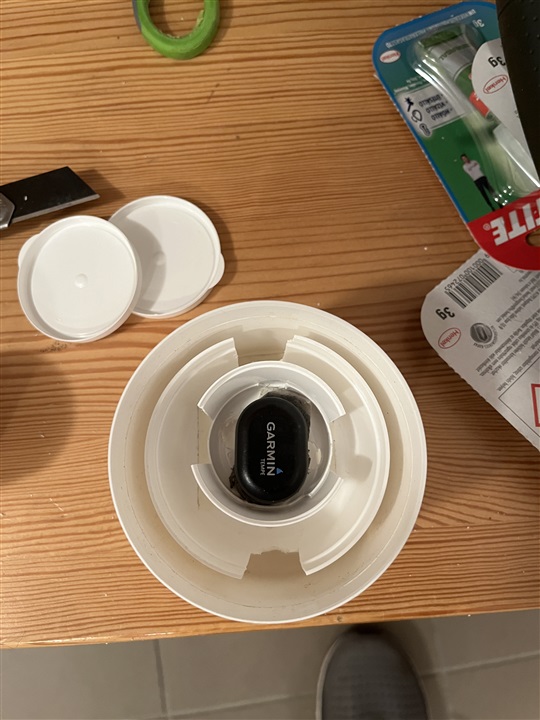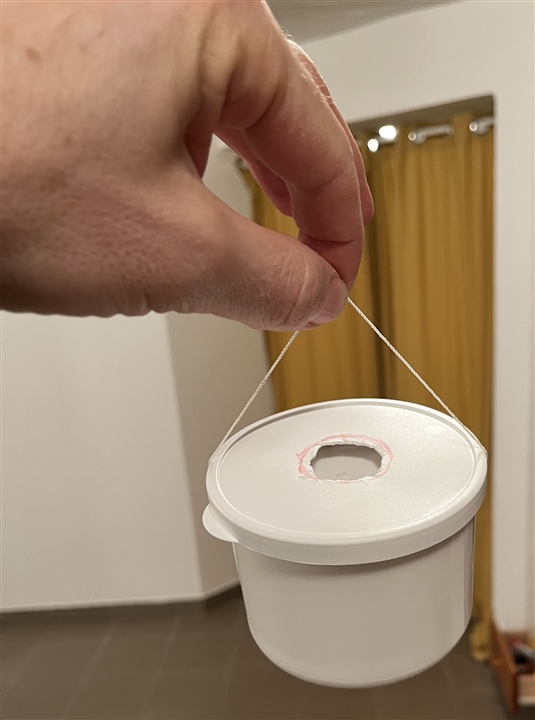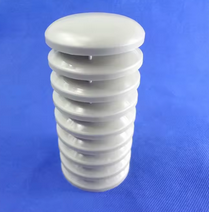Because Garmin unfortunately discontinued the Garmin tempe sensor (bad move, Garmin!), I looked around what maybe could replace the tempe sensor. I stumpled about the Ruuvi Sensor (the sensor is using an bt connection), which is available with different functionalities (2in1 (temperature, motion), 3in1 (temperature, humidity, motion), 4in1 (temperature, humidity, pressure, motion): Ruuvi - Ruuvi and I found a widget from a iq developer for serveral Garmin devices: Connect IQ Store | Watch Faces and Apps | Garmin
In theorie the widget/app (not availabe to add to the widget list) should look like this on the wearables:
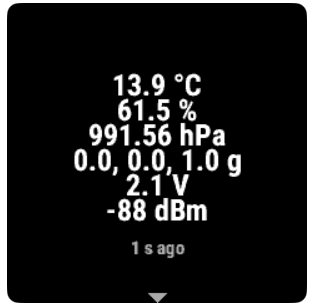
but it looks like this on my F8xAmoled:
I have already written to the developer, but there are some comments and this issue seems to exists longer (?). Although it was only recently added for use in the F8 series. He will try to fix it with the next build. Update (fixed): forums.garmin.com/.../1875256
The developer has provided the code, maybe someone can develop something, maybe even a data field (with all the data)?
The Ruuvi sensor is a real beast compared to the Tempe sensor and has 36 grams (Tempe about 9 grams)- but for attaching at a backpack, it would be ok for me.
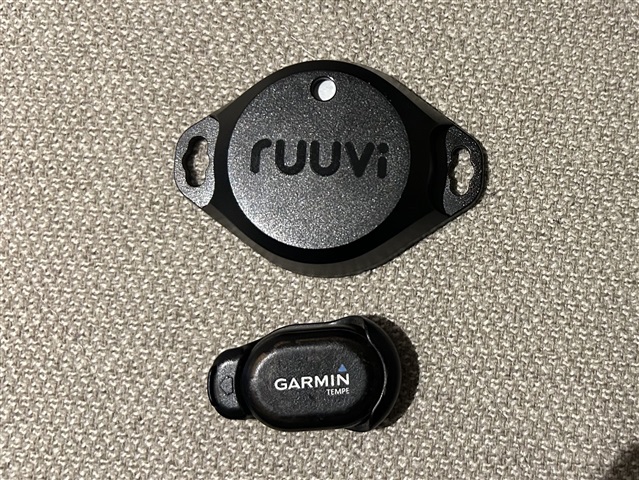
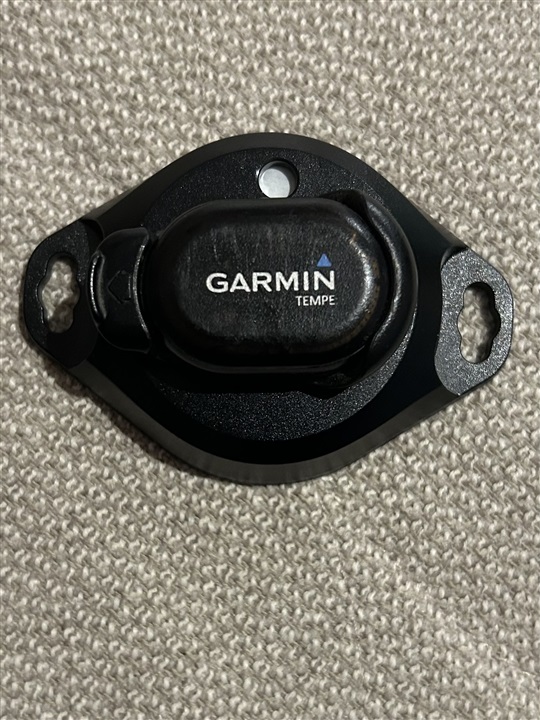
You have your own little personal weather station with you (if it would be displayed properly on the Garmin wearables).
Garmin Tempe: within 1 to 2 degrees (https://support.garmin.com/en-US/?


